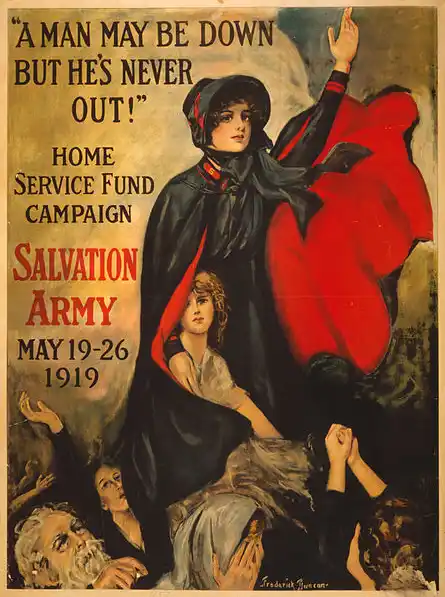Down But Not Out
Scottish Country Dance Instruction
Down But Not Out (M-(S16+J32+R32)) Brian Pierson 2020A medley for one couple in a one couple longwise set
Strathspey
1- 8 Dance the tourbillon from 1st place. Finish in 2nd place own sides.
9-12 Lead down for 2 bars (short steps) and back for 2 bars (long steps) to 1st place ready for allemande.
13-16 Dance an allemande from 1st place in four bars. Finish in 2nd place own sides.
Jig
1- 8 Clap and advance and retire in 2nd place. Turn right hand.
9-16 Clap and advance and retire in 2nd place. Turn left hand.
17-24 With both hands joined dance up for 3 slip steps and close. Down for 3 slip steps, close and set. Up for 3 slip steps and close. Finish in 1st place.
25-32 Cast to 2nd place and dance a full figure of eight up. Finish in 1st place own sides.
Reel
1- 8 Set twice and on second setting turn right about. Turn right hand 1½ times. Retain hands 1st place opposite sides.
9-16 Lead down (2 bars) and lady curves left under man's arm as man curves right below her (2 bars). Lead back on own side up to 1st place (2 bars) and set (2 bars).
17-24 Dance the poussette from 1st place. Finish in 2nd place own sides.
25-32 Dance back to back right shoulder and turn right hand or birl.
(Dance crib compiled by the deviser, Brian Pierson 2020)
Dance Information
This medley, Down But Not Out, is intended for fun, to keep fit and with a bit of a challenge if you wish to practice your technique, written during the coronavirus lockdown.Suggested tune: Down But Not Out - Music recorded by Brian and Marion Pierson with tunes Sidlaw Hills, Edmund McKenzie of Plonkton and Knick Knack.
(Dance information by the deviser, Brian Pierson, April 2020)
The expression "down but not out" is a common phrase used to describe someone who has suffered a setback but has not been defeated. It conveys resilience and determination, suggesting that despite difficulties or obstacles, a person or group still has the strength to recover and continue.
The phrase is often associated with boxing, where a fighter may be knocked down but still able to get back up before being counted out of the match. Over time, it has been widely used in various contexts, including sports, business, and personal challenges, to express perseverance in the face of adversity.
Its origins are not tied to a specific moment in history, but it has been in use for well over a century. The wording follows a common structure in English idioms, where contrasting ideas - such as being "down" and not yet "out" - are used to create a powerful and memorable message.
The phrase continues to be popular in everyday speech, literature, and motivational contexts, as can be seen from its use here as the title of a Scottish country dance.

"A Man May Be Down But He's Never Out!" Salvation Army Poster, c. 1919
Image from Duncan, Frederick, public domain, via Wikimedia Commons.
Back to the top of this Scottish Country Dancing Instructions 'Down But Not Out' page